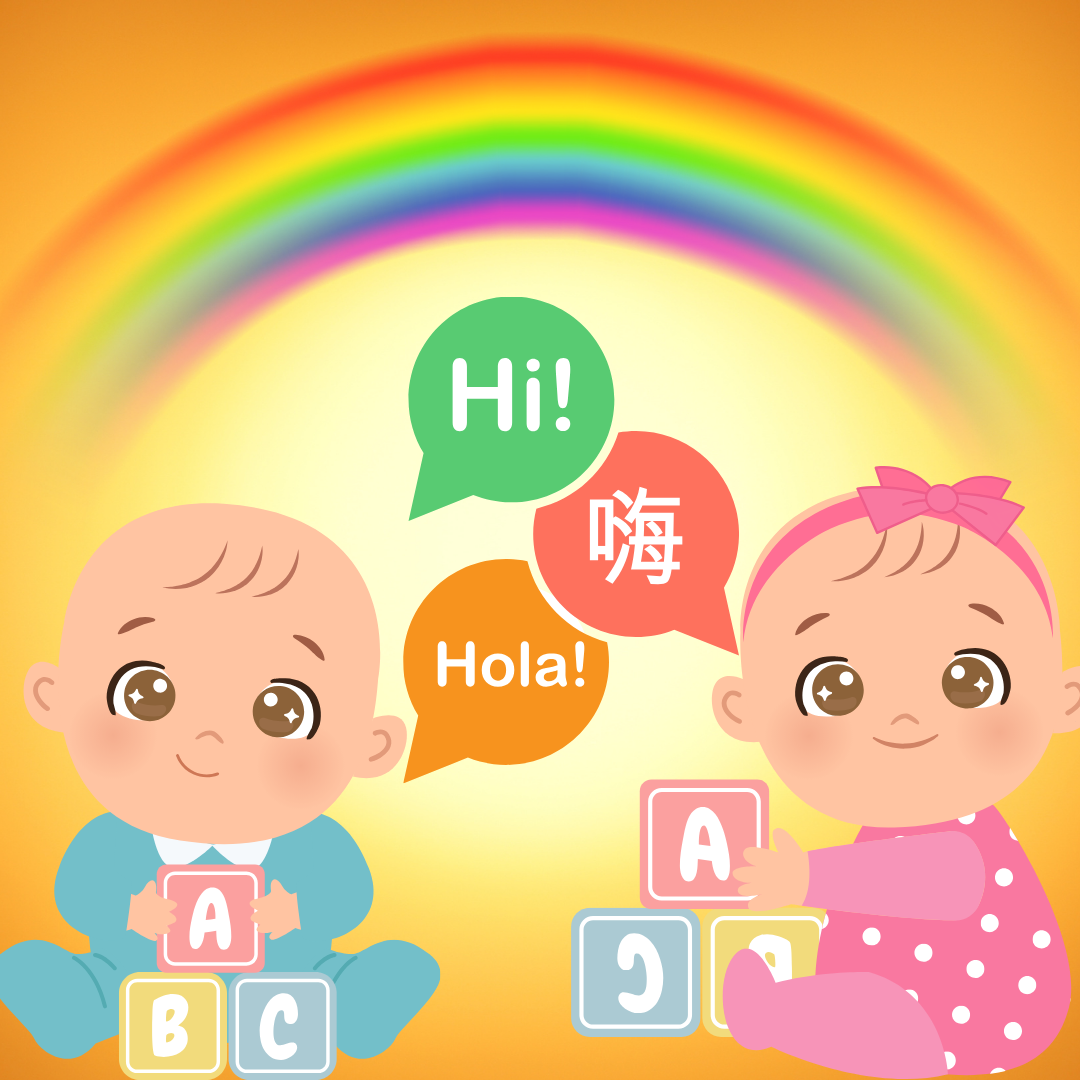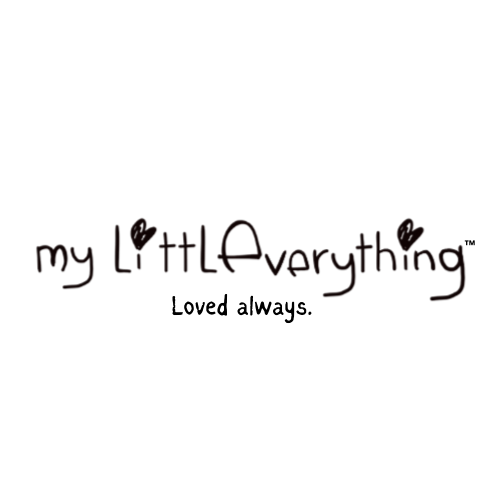
My Little Bilingual Baby!
Share
How do you raise a bilingual baby?
Well, there any many different methods that families use all over the world, however, I am going to outline 6 main methods that have proven to work. Whether you mix them up or use a single method, each have strong focal points that can help little ones to speak 2 languages! What I wanted to stress in this blog post, is that there is no right or wrong method, what you decide to choose for you and your family is your choice. Every family is different therefore, do what works for you and yours:)
1. One Parent, One Language (OPOL)- How it works: Each parent consistently speaks a different language to the child. For example, one parent speaks only English, while the other speaks only Spanish.
- Benefits: This method helps the child associate each language with a specific parent, reducing confusion and encouraging consistent exposure.
- Challenges: Both parents need to be fluent in their respective languages and consistent in using them.
- How it works: The minority language (the less commonly spoken language in the community) is used exclusively at home, while the majority language is learned outside the home, such as in school or the community.
- Benefits: The child gets strong exposure to the minority language, which might be harder to acquire otherwise.
- Challenges: The child might need extra support in developing the majority language, especially before starting school.
- How it works: Different languages are spoken at specific times of the day or in specific settings. For instance, English might be spoken in the morning and French in the afternoon, or Spanish at home and English at daycare.
- Benefits: This method provides structured exposure to both languages in a consistent manner.
- Challenges: It requires strict adherence to the schedule or setting, which can be difficult to maintain.
- How it works: Both languages are used interchangeably by the parents. This can mean speaking one language and then translating it to the other, or mixing languages in the same conversation.
- Benefits: The child becomes comfortable switching between languages, similar to code-switching in bilingual adults.
- Challenges: There is a risk of neither language being fully developed if not done carefully, leading to a mix of both languages rather than fluency in each.
- How it works: The child is immersed in an environment where the target language is predominantly spoken. This could be through bilingual daycare, preschool, or regular playgroups with speakers of the second language.
- Benefits: The child receives intensive exposure to the second language, often becoming fluent at an early age.
- Challenges: Finding quality immersion programs might be difficult depending on location, and it may require financial investment.
- How it works: Engage with a community where the second language is spoken. This could include attending cultural events, interacting with native speakers such as having a nanny, family or friends that they see regularly in the target language, or participating in community groups.
- Benefits: The child learns the language in a natural context, along with cultural nuances.
- Challenges: Access to such communities might be limited, and parents need to actively seek out opportunities.
- Consistency: Whichever method you choose, consistency is crucial for helping the child develop fluency.
- Exposure: Ensure that the child has ample opportunities to hear and use both languages regularly.
4 P's that are important throughout your little ones bilingual journey include:
Patience it's important to be patient and understand that learning 2 languages takes time and mistakes.
Be Proactive as much as you can, find different ways to help little ones enjoy the language learning experience.
Practice, practice and practice. They will develop fluent communication skills the more they practice and have fun doing it!
Praise your young for what they're achieving because it is amazing!
I wish you all the best on your family's bilingual journey, enjoy it and they will thank you for it later:)
